By Dan Callam ’09, Outdoor Discovery Center Macatawa Greenway
 Has your family been on an adventure recently?
Has your family been on an adventure recently?
There’s no need to wait until spring break or for a road trip to a warm, far-off destination. Your local nature centers are encouraging families to explore spaces around them in 2019 by visiting nearby parks with their new Park Passport as their guide.
We bet even the most enthusiastic park explorers haven’t been to all of our community’s parks. We had a hard time narrowing the list down for the passport! Parks are one of the things that make our community a great place to live and are a benefit to people of all ages and abilities. Plus, you can visit most of them any month of the year!
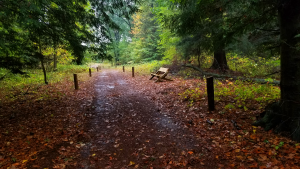 You can find a copy of the Park Passport at your nearest nature center or library to begin your journey. Highlighted inside the passport are 14 local parks in the greater Holland/Zeeland area that are worth a visit. Each page has a list of attractions and amenities, as well as a Challenge Question. Be on the lookout for signs at each stop that provide the answer to the Challenge Question.
You can find a copy of the Park Passport at your nearest nature center or library to begin your journey. Highlighted inside the passport are 14 local parks in the greater Holland/Zeeland area that are worth a visit. Each page has a list of attractions and amenities, as well as a Challenge Question. Be on the lookout for signs at each stop that provide the answer to the Challenge Question.
Once your family has visited at least 10 of the parks and successfully answered the question, return with your completed passport to the Outdoor Discovery Center, DeGraaf Nature Center, or Hemlock Crossing Nature Center during regular business hours to claim a prize.
Ambitious families may be able to visit all of these sites over a long weekend, but you have until the end of 2019 to get all your visits completed.
Dan Callam is Greenway manager for the Outdoor Discovery Center Macatawa Greenway.
Using the new Park Passport program?
When does the Park Passport program start?
Passports will be available Feb. 1 through the end of 2019.
Where can I get a passport?
Outdoor Discovery Center, DeGraaf Nature Center, Hemlock Crossing Nature Center, Herrick District Library.
How does it work?
Visit at least 10 parks in the guide and fill out the pages in the passport while you’re there. Return your completed passport to any participating nature center for a prize.
When should we visit the parks?
Hours for each location are listed in the passport. Most sites are open year-round, and winter can be a great time to visit!
What should we bring?
Bring your passport, clothes and footwear that can handle a little dirt and water, and as many family members you can find! A water bottle and snack are handy for longer walks, or you can bring a picnic lunch to most locations. If you have binoculars or a magnifying glass, they can help you explore things that are far away or hiding down on the ground.
![]() This Week’s Sustainability Framework Theme
This Week’s Sustainability Framework Theme
Environmental Awareness/Action: Environmental education and integrating environmental practices into our planning will change negative outcomes of the past and improve our future.
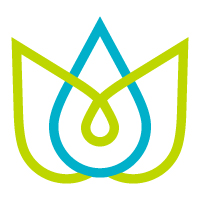 ABOUT THIS SERIES
ABOUT THIS SERIES
Living Sustainably is a collection of community voices sharing updates about local sustainability initiatives. It is presented by the Holland-Hope College Sustainability Institute, a joint project of Hope College, the City of Holland and Holland Board of Public Works. Go to www.hope.edu/sustainability-institute for more information.



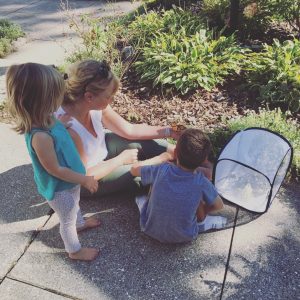

 As we celebrate the end of 2018 and the start of 2019, many of us list resolutions to improve our lifestyle in the coming year. What if your resolutions could help not only you but the earth and your local community, as well?
As we celebrate the end of 2018 and the start of 2019, many of us list resolutions to improve our lifestyle in the coming year. What if your resolutions could help not only you but the earth and your local community, as well?
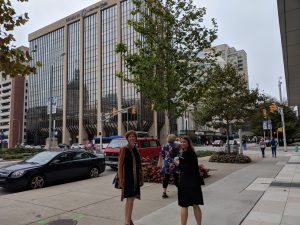
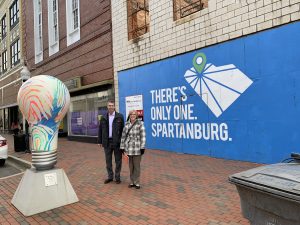

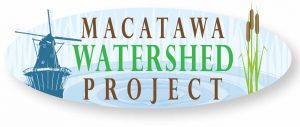
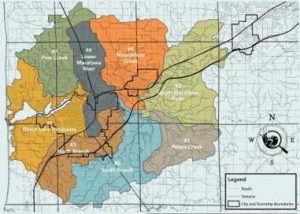
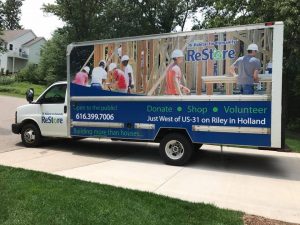 The Holland ReStore is a donation center that sells materials used in home improvement projects.
The Holland ReStore is a donation center that sells materials used in home improvement projects.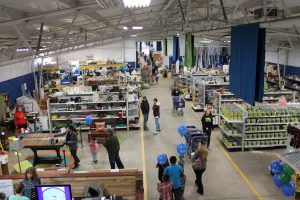 The proceeds from ReStore sales are used locally to support affordable housing. The Holland ReStore supports the work of Lakeshore Habitat for Humanity which serves Ottawa and Allegan counties.
The proceeds from ReStore sales are used locally to support affordable housing. The Holland ReStore supports the work of Lakeshore Habitat for Humanity which serves Ottawa and Allegan counties.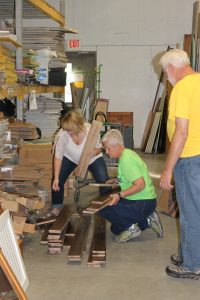 You can support your local ReStore by shopping, donating, or even volunteering. The Holland ReStore is always looking for volunteers to help with organizing, taking in product, cleaning, customer support, merchandising, and creating new products out of items that come into the store. Some of our most popular products have been made by volunteers using donated items.
You can support your local ReStore by shopping, donating, or even volunteering. The Holland ReStore is always looking for volunteers to help with organizing, taking in product, cleaning, customer support, merchandising, and creating new products out of items that come into the store. Some of our most popular products have been made by volunteers using donated items.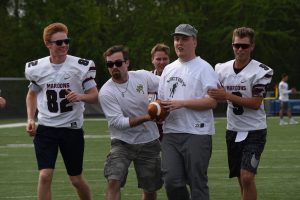 Today, at 23, Ben does indeed have an extraordinary life full of friendship and purpose! Though profoundly impacted by autism, his life has inspired Benjamin’s Hope, a 40-acre “live, work, play, worship” farmstead campus on the north side of Holland, a community in which people of all abilities are transformed by the love of Christ.
Today, at 23, Ben does indeed have an extraordinary life full of friendship and purpose! Though profoundly impacted by autism, his life has inspired Benjamin’s Hope, a 40-acre “live, work, play, worship” farmstead campus on the north side of Holland, a community in which people of all abilities are transformed by the love of Christ.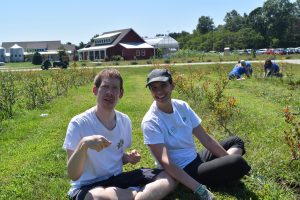 The statistics are staggering. Today one in every 59 children will receive a diagnosis of autism, according to the Centers for Disease Control. Historically, individuals with profound disability have relied on the public health care system to provide needed housing, supports and funding. However, the reality is this: The public dollar is stretched. The need is growing. And people chronically struggle to find the support they need to live an abundant life.
The statistics are staggering. Today one in every 59 children will receive a diagnosis of autism, according to the Centers for Disease Control. Historically, individuals with profound disability have relied on the public health care system to provide needed housing, supports and funding. However, the reality is this: The public dollar is stretched. The need is growing. And people chronically struggle to find the support they need to live an abundant life. Maybe we can think about starting new traditions this year that can make the holidays greener – healthier for the planet and for us.
Maybe we can think about starting new traditions this year that can make the holidays greener – healthier for the planet and for us.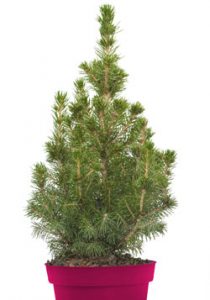 Holiday Decorations
Holiday Decorations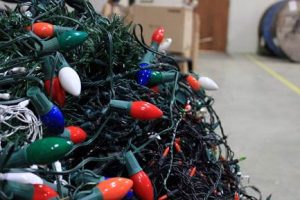 Did you know holiday string lights cannot be recycled in everyday recycling?
Did you know holiday string lights cannot be recycled in everyday recycling?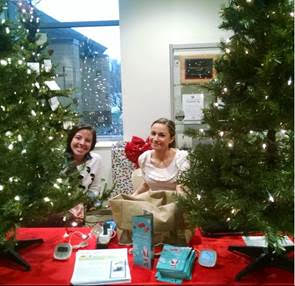 Exchange hosted by the Holland Board of Public Works, you are helping to reduce landfill waste.
Exchange hosted by the Holland Board of Public Works, you are helping to reduce landfill waste.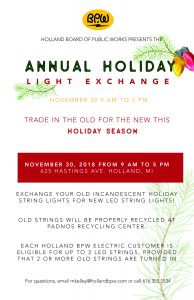 Old lights will be properly recycled at Padnos Recycling. Each Holland BPW electric customer is eligible for up to two new LED strings, provided that two or more old strings are turned in. These LED strings meet the strict energy efficiency requirements for the Energy Star certification program, set by the
Old lights will be properly recycled at Padnos Recycling. Each Holland BPW electric customer is eligible for up to two new LED strings, provided that two or more old strings are turned in. These LED strings meet the strict energy efficiency requirements for the Energy Star certification program, set by the In addition, unlike incandescent lights, LED strings do not have filaments, which can heat up and burn out. LED strings of lights last much longer, are sturdier, emit little to no heat, and still have a warm glow.
In addition, unlike incandescent lights, LED strings do not have filaments, which can heat up and burn out. LED strings of lights last much longer, are sturdier, emit little to no heat, and still have a warm glow.
